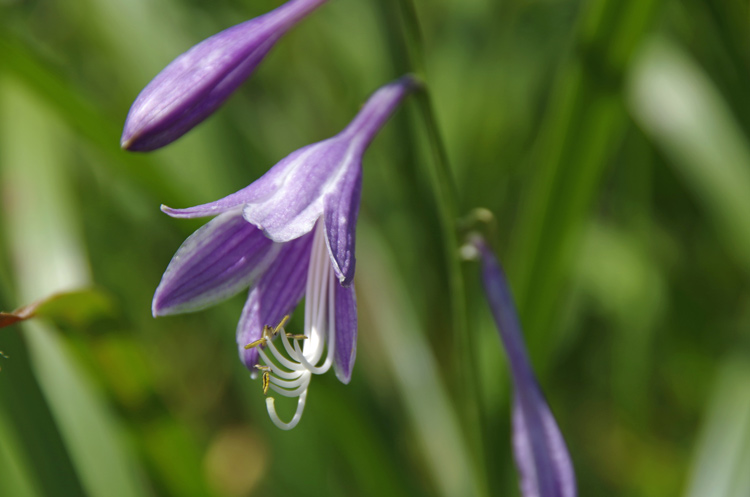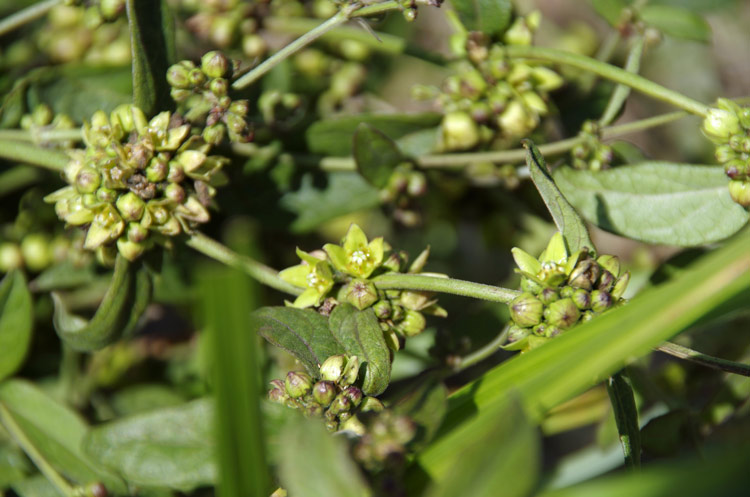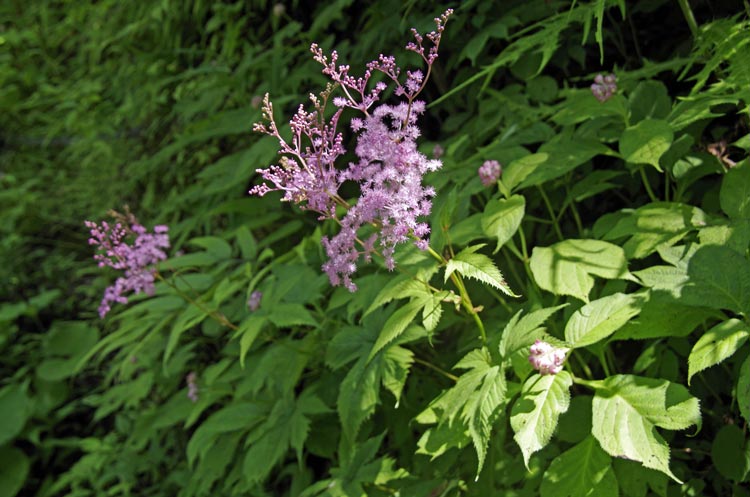�R�o�M�{�E�V ���e�ҁF�A�u ���e���F2013/08/02(Fri) 10:06 No.58095
 �������ʼnԐ���̃R�o�M�{�E�V �������ʼnԐ���̃R�o�M�{�E�V
Re: �R�o�M�{�E�V - �A�u 2013/08/02(Fri) 10:10 No.58096  ���������̎����ɍ炭�A�I�^�`�J�����d���ł������N�K��Ă���̂Ɍ���͍̂����߂Ăł�
Re: �R�o�M�{�E�V ���������̎����ɍ炭�A�I�^�`�J�����d���ł������N�K��Ă���̂Ɍ���͍̂����߂Ăł�
Re: �R�o�M�{�E�V - �A�u 2013/08/02(Fri) 10:14 No.58097  �����𗣂�Č������Ԃ�����̂œo��ƈႤ�R�[�X������Ă����܂��B���̖ړI�̂P�V���c�P�\�E�ł��B
Re: �R�o�M�{�E�V �����𗣂�Č������Ԃ�����̂œo��ƈႤ�R�[�X������Ă����܂��B���̖ړI�̂P�V���c�P�\�E�ł��B
Re: �R�o�M�{�E�V - �A�u 2013/08/02(Fri) 10:15 No.58098  �A�b�v��
Re: �R�o�M�{�E�V �A�b�v��
Re: �R�o�M�{�E�V - �Ȃ��� 2013/08/02(Fri) 20:52 No.58107  �A�u����A������ �A�u����A������
�L�o�M�{�E�V���ꂢ�ł��ˁB�A�I�^�`�J�����d��
������ƕς�����`�̂��Ԃł��ˁB
�ΐF�ł悭���Ȃ��ƌ����Ƃ��Ă��܂������ł��B
�V���c�P�ƂĂ����ꂢ�ł��B
�A�b�v�ʐ^�Ŕ����������ł��ˁB
|
